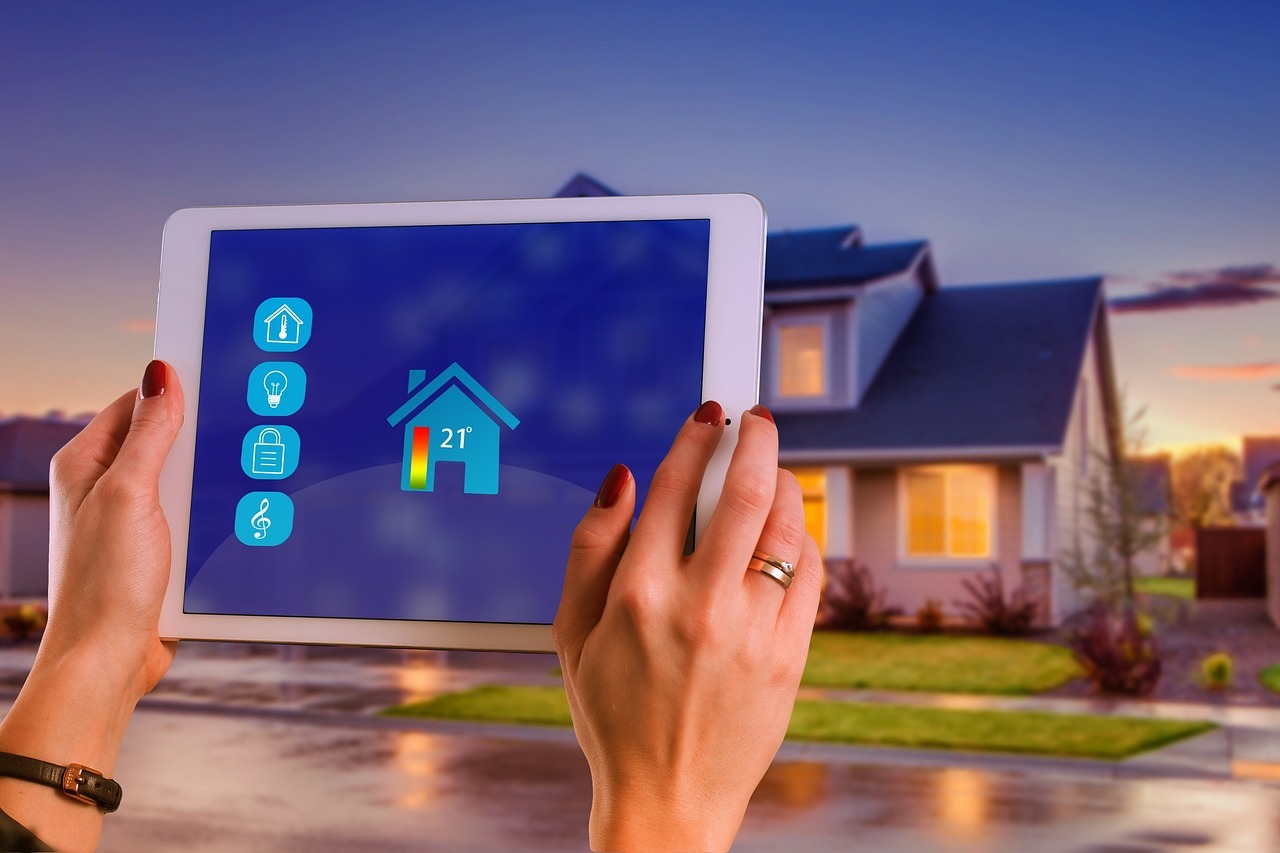A smart thermostat is often chosen for its ability to control your heating remotely and based on specific times and locations. This brings a level of comfort but can also lead to significant savings. You can schedule your heating to turn on at specific times, depending on the day, or when you arrive home based on your location. This ensures that your heating isn’t running while you’re away, helping you save on your gas or energy bills.
Switching to a Smart Thermostat
In most cases, switching to a smart thermostat is relatively straightforward. Typically, you only need to remove the old thermostat and connect the new one. Then, you’ll need to follow a few steps in the accompanying app to set up your preferences and automations. If you want to heat each room of your home individually, you can also add smart radiator valves to the system. These valves replace your old radiator valves and can be controlled separately. This gives you optimal control over all the rooms in your home and prevents unnecessary heating of specific rooms like the bedroom.
Google Nest and Tado Thermostat
The Google Nest thermostat and the Ecobee Premium are popular options if you’re considering a smart thermostat. Your choice partly depends on the Smart Home platform you currently use or plan to use. Currently, Google Nest doesn’t work with Apple HomeKit, whereas the Ecobee Premium does offer HomeKit compatibility and even has Siri build in.



